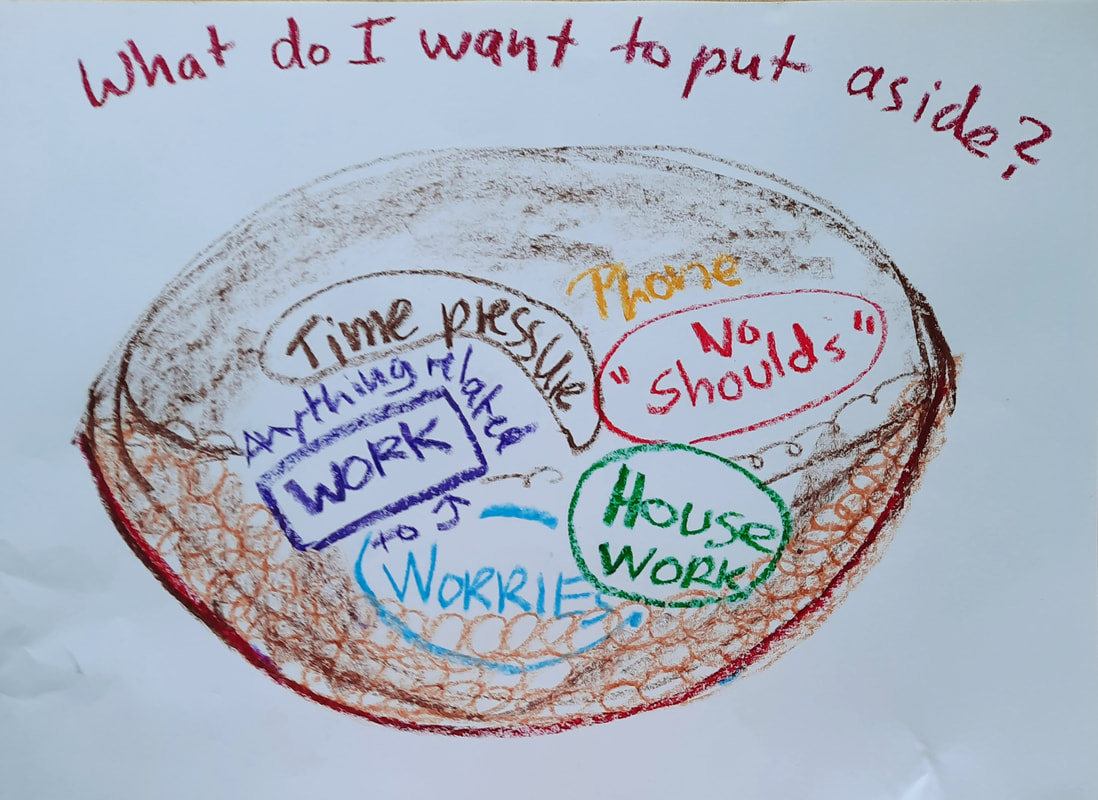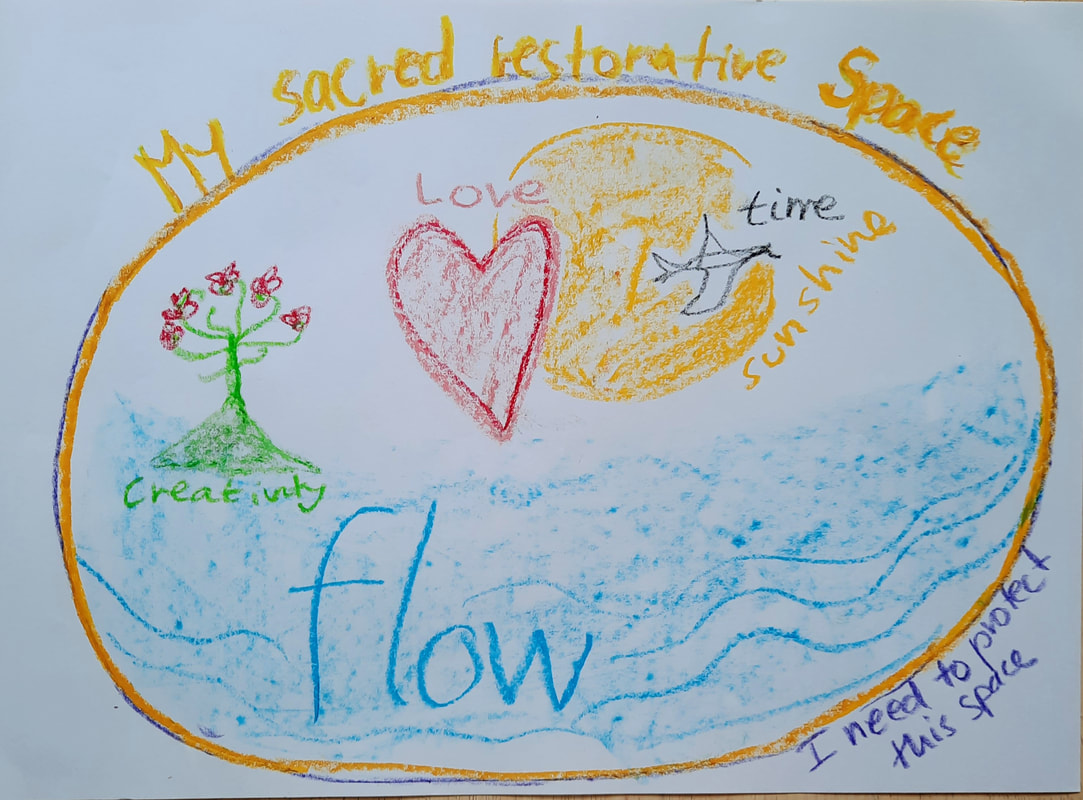|
Contributed by Gillian Hunt, IDT senior teacher
When I first met IDT he was very young, just a wilful toddler, needing lots of guidance and attention as he grew. Russell Withers, who founded IDT, was the Father, and Fran, his wife, said she was IDT’s stepmother. I always said IDT forced his birth through Russell into the world. After those very early days IDT continued his wilful growing up, disregarding the feelings of all who encountered him, just determinedly using all who were available to ensure his survival. I became a fond aunt of this gifted child, and worked to promote his survival, finding he required fairly high-maintenance, and at the same time was charming and rewarding. Time went on, IDT grew into an adolescent, not difficult and argumentative, but quite single-minded and needing to follow his own path. There came a time when Russell could no longer look after him, and we all wondered how this would affect his talented offspring. Some of us feared IDT might become lost to the world. I went to my supervisor and cried because I wanted him to survive, and yet I knew I couldn’t single-handedly manage his care. My supervisor wisely said, “Let’s just hand this over to the Universe”. In 2019 in Auckland NZ, I ran what I thought was the final Advanced Course. At the end, I told the group very sadly that this was probably the last IDT course, and the reaction from that wonderful group was an emphatic ‘No!’. With Fran’s blessing and support a few of us, who had been close to IDT for some time, formed ourselves into a group of IDT’s Custodial Guardians. We proceeded to find ways to still run courses. A couple of Australian IDT-trained teachers had continued with IDT, and were running courses and peer groups. They, and the still-operating NZ IDT-trained teachers set about becoming independently operating teachers. A website was created by a committed teacher and continues to operate very successfully as a hub and focus. During covid lockdown I had the time and space to develop my own better connections and processes to teach courses. Other NZ teachers started offering a range of courses once more, and NZ again became a lively IDT arena. IDT had grown up, becoming more mature, steadier, now a young adult. I had a lot to do with this growing person, and observed that he operated out of honesty and integrity. I saw some try to jump on the business possibilities, perhaps hoping to make a quickly- generated good living from IDT, or exploit the excitement he could create. It seemed however, that IDT only rewarded those who loved him, and approached him with thoughtful values and sincerity. I don’t fear IDT will fade away. I believe now that he’s out in the world, and has been nurtured in his more turbulent growing years, that he will continue to push his way into further flourishing. I enjoy witnessing this, and participating in the delight he creates. Aunty Gillian
0 Comments
Contributed by Irena Stenner, 23 December 2022
I had a session with a client last week about making the best of the coming holiday. We used the drawing cues: "What do I want to put aside so that I can make space for a restorative holiday?” And as a second cue: “What do I want to experience in that space?” For the first drawing, my client had drawn all the things she wanted to put aside in a metaphorical basked. For the second drawing she created a protected restorative space filled with the qualities and experiences she wanted to have. I thought this was an excellent little exercise to pave the way for the best possible experience and decided to to the same for myself. Setting an intention can be very powerful and helped me feel more confident that I would be able to really use the upcoming time off work in the best possible way. I hope this will inspire you to use IDT as a self-reflective tool. Have a wonderful restorative break! Contributed by Mary Brownlow, 11 March 2022
Starting a session with client talking, writing and reading back words written on the page supports the client to reflect on their experience, to clarify issues, beliefs, feelings and needs. Feelings can be written, in this case client arrived feeling “tired,” “annoyed” complaining and blaming other and herself. After many pages of writing she is able to get in touch with stronger feelings of anger frustration, making assertive self-affirming statements. The counsellor gets client to change colours distinguishing different issues. The issue of rights and boundaries not being respected led this client to define “my needs and wants” once acknowledged and written down allowed to the client to clearly own her potential. The IDT counsellor listens for potent phrases matching client goals; in this instance increasing autonomy represented by a feeling to “stand strong” “under pressure.” A drawing cue: “Draw something or someone who STANDS STRONG” prompted the client spontaneously thought a “spider” on “feet on the ground”. Surprised by her own metaphor, the client is encouraged to trust the metaphor and show the spider standing even stronger on a whole page. Then, once the spider was shown “in a position of strength” the client was asked to consider and draw “Show what sort of pressure the spider needs to stand strong against?” emerging naturally from the literal metaphor was a “dangerous down pour of rain trying to wash the spider down a pipe”. When asked “What could the spider do/use to stand strong?” client responded “to hang above on their own thread” and when the yellow line was drawn leading off the page, the counsellor suggested adding a page to “show where the yellow line goes above the spider?” this led to a ‘magical web” that “goes everywhere and where the spider can escape up and away from danger”. This metaphor led to a discussion of spider unique capacities and skill what in literal terms is a fragile but strong web repeatedly restored as needed. The metaphorical capacity of a spider appeared to energise and delight my client, introjecting a feeling of being resourceful, clever and agile in the face of dangerous forces (i.e. difficult communication and pressure from her spouse.) 3/9/2022 Honouring Russell Withers’ LifeContributed by Gillian Hunt, 7 March 2022
A colleague encouraged me to attend an IDT training with her, back in 1996, so off we went; two wide-eyed trainees, both relatively new to counselling. There we met Russell, training a large group at Wellington Hospice, in this new therapeutic modality which he had developed: Interactive Drawing Therapy. Russell’s way of presenting it was modest and humble, but the content of the training was high-impact. I immediately wanted to learn more. I enrolled in the Advanced Course in Feilding, which had a longer duration. It was again a highly and deeply impactful training and, as someone in a later course described, “You can feel the rocks rolling around in the basement.” Russell obviously put his all into this course. It was a profound experience, we were all somewhat right-brained-crazy at the end of it, and we had made huge gains in our learning, both personally and professionally. I put my hand up to become an IDT teacher and attended many further courses. The more I got to know Russell, the more I admired him and the huge creative powers he had. I used to get a bit disheartened with observing him teach, hoping I could learn the entire content of the delivery. As he talked and drew his diagrams, I realised I would never be able to learn it all, as he was discovering and unfolding more and more about IDT as he taught. I had a valued colleague, Bill, who was my training buddy. He and I had many training sessions with Russell, redeveloping the content of courses, having some robust but agreeable and hugely useful discussions. We used to meet in Taupo, which was the halfway meeting place. Russell would hire a large motel room with adequate space, and we would immerse ourselves in the material of the Advanced Course and Intermediate Course. He was powerfully committed to what he was developing and improving, and the learning was intense. The room looked over the lake, with a view of the mountains, and one day as we emerged from the IDT depths and breathed in the view, Russell commented, “It’s remarkable, what we’re doing”. It was remarkable, all coming from Russell’s remarkable mind. There are many people with remarkable minds, and Russell’s was extra-remarkable because of his humanity. His humility, his playful sense of humour, his compassion, his generosity and general kindness, were all poured into this wonderful IDT modality that delights and intrigues, that provides healing and wisdom, insights and breakthroughs. We never get tired of using it in our work, our clients love this energising way of working, and it stretches us all in our personal growth. Thank you, Russell for your gift to therapy, and thank you to his wife Fran, who lovingly made his path through life smoother and more well-supported. ******************************** Russell Withers trained and practised as an Architect in Auckland, New Zealand. In the mid 1970’s he was influenced by John Heron creator of the Human Potential Research Project at the University of Surrey in UK. He also began working within a Co-Counselling community and then in One to One counselling. In his architectural work he observed that frequently problems presented as ones of space and arrangement were really issues of human interaction. To help bring resolution to these he found that the skills Architects use of sketching, diagramming, recording and analysis were highly facilitative in exposing not only physical problems, but personal conflicts too. From there the insight, innovation and intellectual leap of Russell’s talent has led to the evolution of Interactive Drawing Therapy. Contributions from Mary Brownlow and Irena Stenner IDT says that there are no resistant clients, just a need for self-protection. If you are working with a client who doesn’t feel safe enough, you can use a simple intervention to build more safety ((emotional safety). We can use the metaphor of a “safe space” to build an experience of safety in the client. This can also be a very good intervention for a first session with a new client. The metaphor is an expression of an inner state. As the client works on the safe space on the page, their inner world experiences an increased sense of safety and comfort and they have a literal experience of more safety. Make sure the client adds themselves to the drawing once the safe space is on the page. Then work with feelings and “work around the triangle” a few times adding words, image and feelings to the page. Here are the drawing cues for the counsellor:
Blog submitted by Frauke Hobbs
During the last 10 years of using IDT with many young and some older people in therapy sessions I have become increasingly aware of and interested in aspects of intergenerational trauma showing up and being processed on the IDT page. Trauma therapists may assess these presentations as developmental and/or relational trauma, for example as the result of attachment issues with caregivers or resulting from other adverse experiences in earlier life. In IDT practice the indication that a psychological issue or complex has significance beyond a client’s lifetime may show up as ancient or very old parts or aspects on the page, elements that have been around for a long time, and are further revealed via archetypal components and forces once we work at depth with clients. It could be as obvious as clients’ ancestors being identified or named on the page when working through a relational, family or intergenerational issue. By the time clients get to about the third page of writing and drawing, archetypal themes, characters, objects and story lines of fables, legends or fairy tales may show up that carry intergenerational significance. It is helpful to look out for clients’ spatial or time context descriptions of what is beyond, behind, above or below and ancient, pre-historic, very old or been around for a long time. I am always on the look-out for potent drawing cues that lead people into a bigger and more expanded perspective beyond the limits of our constructs of time and place. You never know whether this could lead to a more enlightened perspective on how the resolution of seemingly personal issues or challenges could also help resolve bigger and more far-reaching issues concerning our ancestors and future generations to come. Here are some examples of drawing cues that could help uncover intergenerational issues:
Frauke works as an IDT practitioner in her private practice Beyond Talk Therapy and is researching the use and benefits of IDT in recovering from trauma. Frauke co-facilitates the monthly, online IDT Peer Support Group and supports the development of this Expressive Therapy modality through an IDT Custodian Group. For more information about Frauke go to: https://www.beyondtalktherapy.com.au |
If you have an IDT intervention or drawing cues that you would like to share here, please contact us: [email protected]
Archives
October 2023
Categories |
 RSS Feed
RSS Feed




